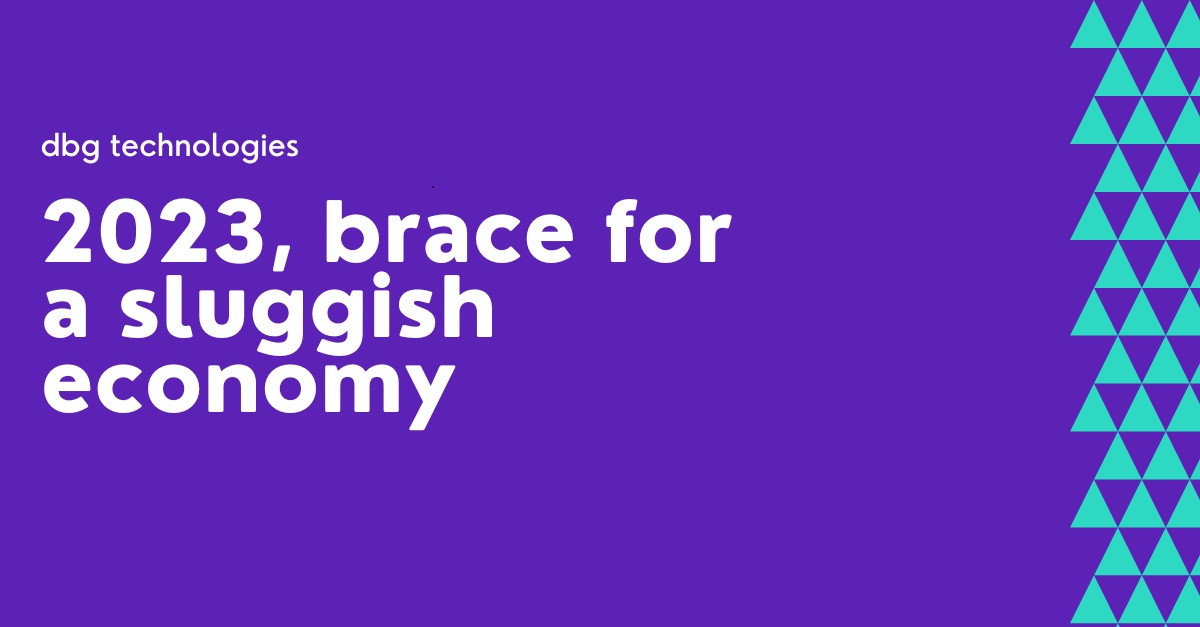 According to a recent report released by Shopify, the only constant in commerce is change. And the only way forward is to adapt. In the past year, we’ve seen millions of businesses display resilience in the face of the unexpected, contributing to over $27 trillion USD of retail sales worldwide.
According to a recent report released by Shopify, the only constant in commerce is change. And the only way forward is to adapt. In the past year, we’ve seen millions of businesses display resilience in the face of the unexpected, contributing to over $27 trillion USD of retail sales worldwide.
Still, 64% of global businesses are still recovering from the negative impact of the pandemic, and while commerce growth is slowing, total retail sales in 2022 have climbed 15% since 2020, and they’re projected to reach more than $31 trillion in 2025. But it will be a slow climb.
In today’s economic climate, consumers have more options than ever, and they’re ready to exercise that freedom of choice. More than seven in 10 consumers bought from the competitor of their go-to brand between May 2021 and May 2022. And, if spending power decreases as expected in 2023, consumers will continue to shop around for better deals.
But shoppers aren’t just aware of the price tag. Environmental, social, and governance concerns influence about half of global consumers. Buyers want to support more ethical businesses with more sustainable supply chains. Consumers want their shopping to be personal, instant, and responsive—and they want that high-value experience anywhere, and everywhere.
Arpan Podduturi, Director of Product Retail and Messaging, Shopify says, “Commerce is everywhere. The purchase journey is non-linear. It can happen from seeing an ad on Instagram, an influencer on TikTok, a drop on Twitter. That’s why, aside from growing revenue, improving customer experience is the top priority for global businesses.”
For some brands, raising prices has meant introducing new products at a higher price, instead of making existing products more expensive. Others are making plays for long-term loyalty by freezing prices or introducing budget-friendly product lines. Savvy brands are betting on their customers by investing in them now, in the hopes it pays off in a future recovery.
